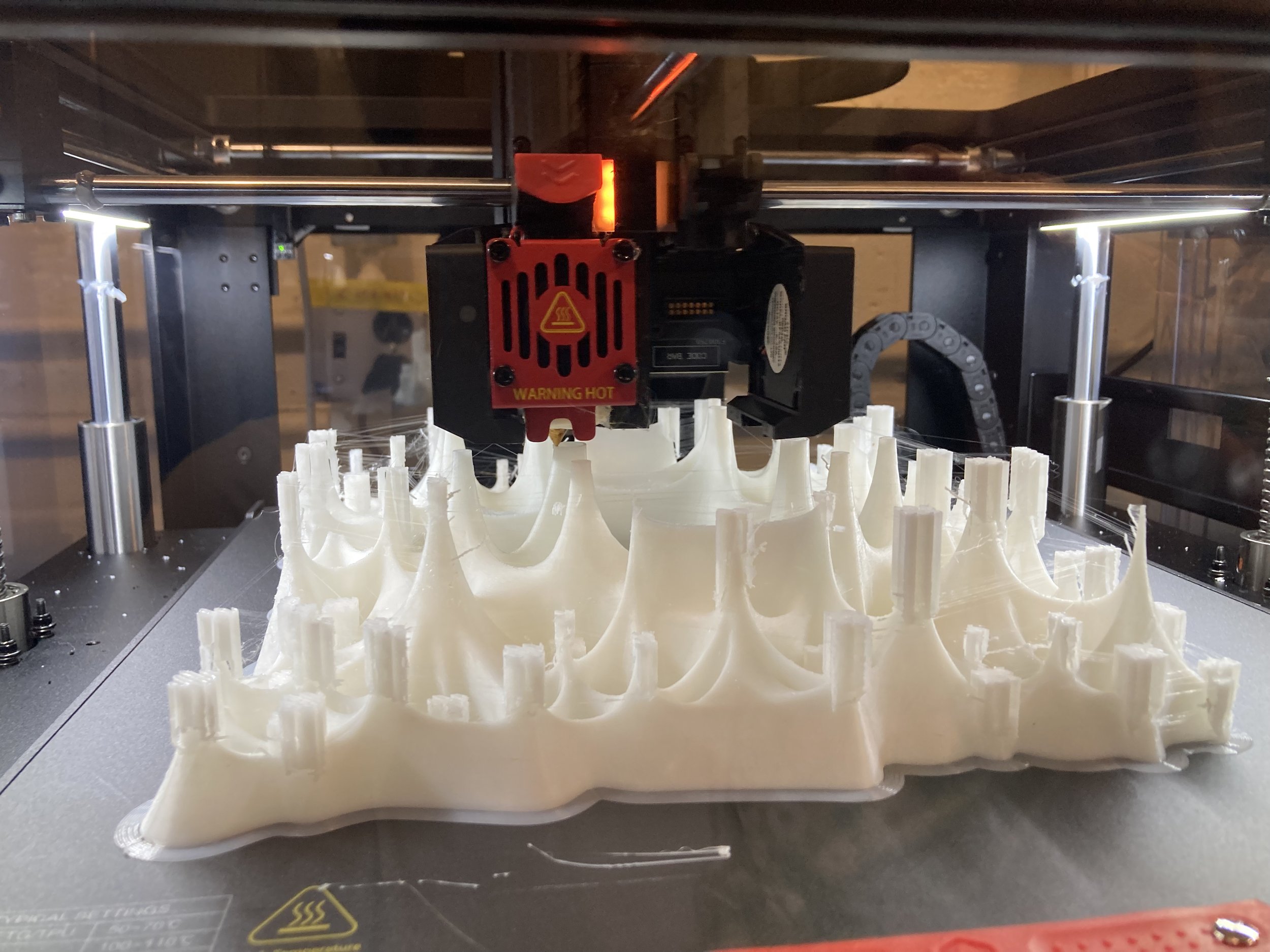In recent years, the field of architecture has experienced a seismic shift with the integration of technology into the design and construction process. This fusion has not only elevated the efficiency and precision of architectural endeavors but has also fostered groundbreaking innovations, particularly in the realm of 3D printing.
Advancements in Design Software
Architects today wield an impressive array of design software that facilitates the creation of intricate and immersive architectural designs. Among the frontrunners in this domain are industry giants like Autodesk, SketchUp, and Rhino. These platforms empower architects to fashion detailed 3D models, enabling them to explore diverse design iterations and assess their viability under various environmental conditions. The intuitive nature of these tools streamlines the design process, fostering collaboration and creativity among architectural teams.
Virtual Reality: Bridging the Imagination Gap
Virtual reality (VR) has emerged as a game-changer in architectural design, offering architects the ability to inhabit their creations virtually. Companies such as IrisVR and Fuzor specialize in providing VR solutions tailored to the architectural industry. Through immersive VR experiences, architects can navigate through their designs with unparalleled realism, gaining invaluable insights into spatial dynamics and scale. This technology not only enhances design visualization but also facilitates effective communication with clients, who can now envision the final product with unprecedented clarity.
Material Advancements and Technologies
In tandem with software innovations, material science and building technologies have undergone significant evolution, catalyzing sustainable and resilient architectural practices. Pioneering materials like cross-laminated timber (CLT) are enabling the construction of eco-friendly high-rise structures, while smart materials such as responsive glass and concrete are revolutionizing building envelopes. Companies like Arup and SOM are at the forefront of these advancements, driving the development of materials that adapt to environmental stimuli, thereby optimizing energy efficiency and occupant comfort.
3D Printing: Redefining Construction Paradigms
Arguably the most revolutionary development in contemporary architecture is the advent of 3D printing. This disruptive technology holds the promise of revolutionizing the construction industry by offering a faster, more cost-effective, and environmentally sustainable alternative to traditional building methods. ICON and Mighty Buildings exemplify pioneering companies harnessing 3D printing to fabricate entire houses and structures with unprecedented speed and precision. By extruding layers of construction-grade materials according to digital blueprints, these printers are poised to democratize architecture, making bespoke, affordable housing accessible to a broader demographic.
Leading Visionaries and Innovators
Amidst this technological renaissance, visionary architects and innovators are spearheading the charge towards a more technologically integrated future. Bjarke Ingels, founder of BIG, is renowned for his bold and innovative designs that harness cutting-edge technologies. Neri Oxman, founder of the Mediated Matter Group at MIT, explores the intersection of biology and architecture, pioneering sustainable building materials inspired by nature. Meanwhile, institutions like the Architectural Association in London are shaping the next generation of architects through programs that embrace digital fabrication and computational design.
Conclusion and Prognosis
As we stand on the precipice of a new era in architecture, propelled by unprecedented technological advancements, the future appears both exhilarating and full of potential. From AI-driven design generation to robotic construction, the possibilities are limitless. However, amidst this whirlwind of innovation, architects must remain vigilant, addressing ethical and societal implications such as data privacy and equitable access to technology. By harnessing the transformative power of technology responsibly, architects can usher in a new era of architectural excellence, where creativity, sustainability, and accessibility converge to shape the built environment of tomorrow.

